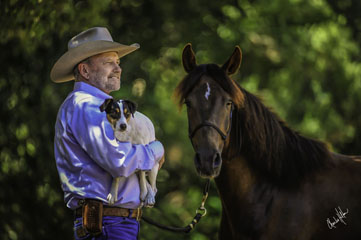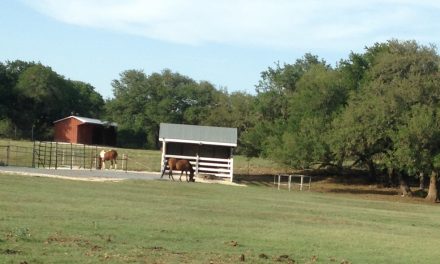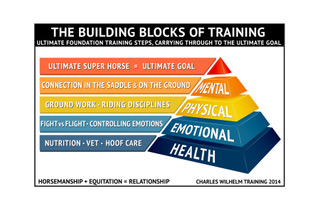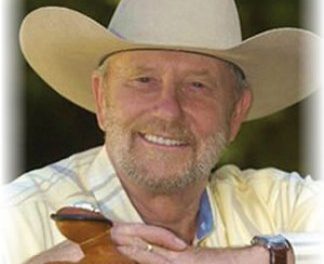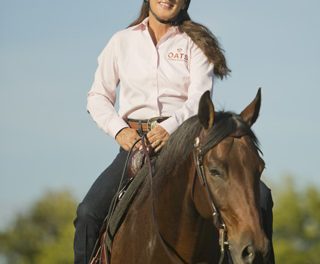There are many things to consider when you decide to buy a horse. There is a lot involved in owning a horse. You need to know what you may expect from horse ownership and the many responsibilities that go along with ownership. You need to know about nutrition, medical, dental and hoof care, but the first thing to think about is that a horse will always be a horse. They do not come from the factory gentle and programmed ready to ride. Horses are born with certain natural behaviors which include striking, rearing, bucking, biting and kicking. These behaviors are part of the herd mentality. What we must do is civilize the horse and to do this we must know how to communicate, train and ride the horse properly. As owners and riders, we have the responsibility to learn as much as we can about the nature of a horse, what it takes to care for a horse, and how to ride properly.
What is a broke horse?
Some horses are owned, ridden, and sold without ever really being educated or, as I like to say, broke. Someone managed to get a saddle and bridle on the horse, rode it for several years, and then finally sold it as a broke horse. Most likely that horse is not a broke horse. A broke horse will go forward, stop and back on cue. A rider can control the hindquarters by putting a leg on the horse slightly behind the cinch (the area we call the number three spot). The horse will respond to the seat and rein aids and a rider can control the shoulders by putting a leg on slightly in front of the cinch (the number one spot). For example, using these cues, a broke horse can do a turn on the haunches or on the forehand.
I have conducted many Responsive Riding and performance training clinics here at the ranch where people bring their horses. We start with a group discussion and participants are asked to rate their horse’s performance in the areas discussed above. We use a scale of one to ten, one being a horse that knows very little and ten being a horse that is totally trained. Most people rate their horses from seven to nine in all areas. Once we get the horses into the arena and we ask the horses to perform these basic movements, we find that the ratings in most areas drop to two or three. The horses are not really educated because they do not know how to respond to the cues. Also, the riders often do not know how to execute the cues properly and have not established a standard of performance for their horses. A nicely trained horse, a trail or riding horse, should be rated at least eight or nine in all of these areas. It is a matter of standards and expectations of how the horse will perform.
What to look for in terms of training
When you are looking at a horse to buy, you need to determine how well trained the horse really is. It is important to know if the horse has had any formal training. This doesn’t mean the horse has been with a professional trainer. There are many good horse people who are very capable of training a horse the right way. If you are a new rider it would be helpful to have a knowledgeable person ride the horse and determine how well trained it is. This doesn’t mean someone who has ridden for many years, but someone who truly knows the proper way to ride.
Work with a qualified trainer
If you are new or returning to riding you need not only a well-trained and good-minded horse but also a qualified trainer. When foundation training is not properly maintained, even a well-trained horse will revert to natural behaviors. You will need continuing help to maintain the integrity of the horse’s training and a qualified trainer can work with you and your horse to build your knowledge and confidence. Find an educated horse and work with a qualified trainer two or three times each week. If you do not have the budget to support this type of program, it is better to take lessons and lease a horse before buying your own.
It is not the exercise that trains the horse. The magic is your skill at working with the horse to execute the exercise. That is why it is important for you to work with a qualified trainer and that is why it is never, ever the horse’s fault.

